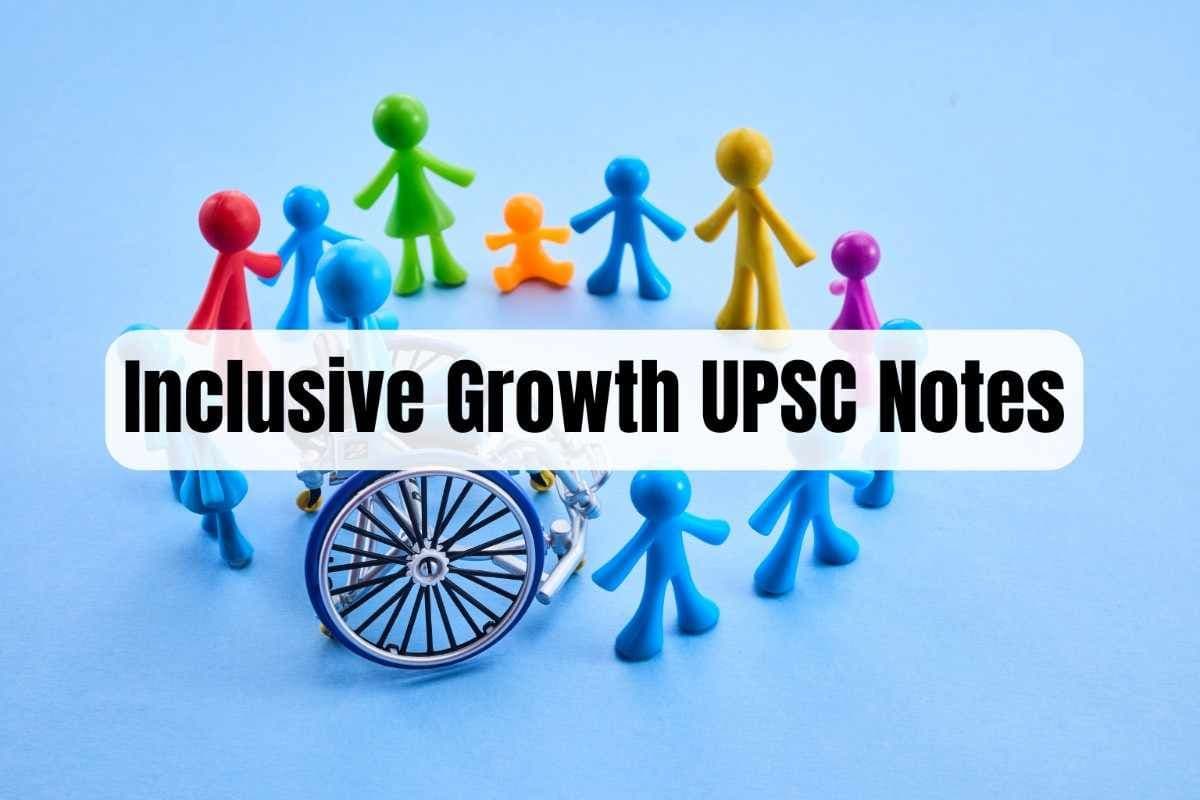List of Important Battles in Indian History for the UPSC Examination
Mar, 2025
•4 min read
India’s history is a saga of power struggles, conquests, and legendary battles that shaped its destiny. From the decisive Battle of Panipat (1526) that established Mughal rule to the fierce resistance in the Battle of Plassey (1757), which marked British dominance, each war altered the nation’s course. The Third Battle of Panipat (1761) saw one of the bloodiest conflicts in Indian history, while the Battle of Buxar (1764) cemented British control over Bengal.
For UPSC aspirants, mastering the important battles in Indian history is crucial to understanding India’s political, military, and strategic transformations. This blog delves into the key battles that shaped India’s past and their lasting impact.

Wars That Shaped India: A Deep Dive into Historic Battles
Battles have been pivotal in shaping the course of Indian history, determining the rise and fall of great empires, and redefining the subcontinent’s political landscape. These battles played a crucial role in shaping India’s historical, political, and cultural identity, making them essential for any serious study of Indian history.
Critical Role of Battles in Shaping Indian History
- Decisive Political Shifts: Battles determined the rise and fall of dynasties, such as the Battle of Panipat (1526), which established Mughal rule in India.
- Redefined Territorial Boundaries: Wars led to the expansion and fragmentation of empires, like the Third Battle of Panipat (1761), which weakened the Marathas and changed India’s power dynamics.
- Influenced Governance and Administration: Victorious rulers implemented new policies and governance models, as seen after the Battle of Kalinga (261 BCE), which led Emperor Ashoka to embrace Buddhism and non-violence.
- Military Evolution and Technological Advancements: Battles introduced new warfare techniques, including gunpowder usage in the First Battle of Panipat (1526) and naval strategies during Anglo-Maratha conflicts.
- Impact on Foreign Invasions and Colonialism: Battles like the Battle of Plassey (1757) and Battle of Buxar (1764) paved the way for British colonial dominance in India.
- Cultural and Religious Transformations: Wars often influenced cultural and religious landscapes, as seen in the spread of Islam after the Ghaznavid and Ghurid invasions or the rise of Sikh militarization following Mughal conflicts.
- Formation of Resistance Movements: Defeats and foreign rule fueled nationalist movements, inspiring figures like Rani Lakshmibai and Tipu Sultan to resist British expansion.
Also read: World History Notes Strategy for UPSC IAS Civil Services Exam Preparation

Comprehensive List of Important Battles in Indian History
Throughout history, India has been a battleground for power, conquests, and resistance. These conflicts led to the rise and fall of great empires, introduced new warfare strategies, and influenced governance systems that continue to impact India today. The following table provides a comprehensive list of the most important battles in Indian history.
Ancient Period Battles
Watch this video to effortlessly prepare for Ancient History topics Complete Strategy for ANCIENT HISTORY for UPSC 2025/26| SuperKalam
Medieval Period Battles
Colonial Era Battles
Check out our blog: UPSC Prelims 2024-25: Modern History Preparation Guide
Anglo-Indian Conflicts
Later Anglo-Indian Wars
Legacy of War: The Lasting Impact of Battles on Indian History
"History is written by the victors, but its consequences shape the destiny of all." – Winston Churchill
Battles have not only decided rulers but also shaped the very fabric of Indian civilization. The outcomes of these battles dictated territorial control, influenced political ideologies, and in many cases, fueled the fire of rebellion against oppression.
Below are some of the key ways in which important battles in Indian history have shaped the nation:
Shift in Power Dynamics and Territorial Control
- Battles led to the rise and fall of empires, from the Mauryan and Gupta dynasties to the Mughals and the British Raj.
- Conquests such as the Second Battle of Tarain (1192) and the Battle of Plassey (1757) drastically altered the ruling power in India.
- Many regional powers lost sovereignty, while new rulers redrew boundaries, affecting governance and administration.
Influence on Political and Cultural Landscapes
- Military conflicts introduced new administrative systems—such as the centralized Mughal bureaucracy and British colonial governance.
- Many battles facilitated cultural exchanges, including Persian, Turkish, and European influences on Indian society, art, and architecture.
- War-driven migrations and conquests reshaped linguistic and religious demographics in various regions.
Catalyst for Indian Resistance Against Colonial Rule
- The Revolt of 1857, called the First War of Indian Independence, was fueled by grievances arising from earlier battles lost to the British.
- Conflicts like the Anglo-Mysore Wars and the Anglo-Maratha Wars showcased India's continued resistance against foreign dominance.
- These battles ultimately inspired the larger independence movement, culminating in the struggle for freedom in 1947.
From shaping dynasties to igniting revolutions, every war in Indian history has played a crucial role in defining the nation's identity.
Also watch: Revise ENTIRE Modern Indian History in 10 Days with This Proven Plan | UPSC CSE | SuperKalam

Mastering Battles for UPSC: Smart Strategies for Learning and Revision
Preparing for important battles in Indian history can be overwhelming due to the vast number of wars, dates, rulers, and consequences involved. However, with the right strategies, you can make learning engaging and effective. Here are some practical tips to help you remember and revise these battles efficiently for the UPSC examination.
1. Create a Battle Timeline with Visual Aids
- Use a chronological timeline to place battles in historical context.
- Color-code battles based on periods: Ancient (Blue), Medieval (Green), Colonial (Red).
- Example: Highlight key turning points, such as the Battle of Panipat (1526, 1556, 1761) that shaped different dynasties.
2. Use Historical Maps for Spatial Understanding
- Mark battle locations on a map of India to visualize where each battle took place.
- Identify regions with recurring conflicts, like Delhi for Mughal battles or Bengal for British conquests.
- Example: Create a map-based quiz—point to a location and recall the battle fought there.
3. Mnemonics and Acronyms for Quick Recall
- Develop mnemonics to remember sequences of battles.
- Example: For the three Panipat battles, use "BHA" (Babur - 1526, Hemu - 1556, Ahmad Shah - 1761).
4. Relate Battles to Their Consequences
- Instead of memorizing isolated facts, connect battles with their impact on Indian history.
- Example: Kalinga War (262 BCE) → Ashoka adopts Buddhism → Spread of Buddhism in Asia.
- This method helps in answering UPSC Mains analytical questions.
5. Interactive Quizzes and Flashcards
- Make flashcards with the battle name on one side and details (year, participants, outcome) on the other.
- Use online quiz apps to test yourself on battles regularly.
- Example: Ask, "Which battle led to the end of the Nanda Empire?" Answer: Conquest of the Nanda Empire (321-320 BCE) by Chandragupta Maurya.
6. Group Discussions and Storytelling
- Discuss battles with study groups to reinforce knowledge.
- Convert battles into short stories for easy recall.
- Example: The Battle of Plassey (1757)—Tell it as a betrayal story where Mir Jafar sided with the British against Siraj-ud-Daulah.
7. Newspaper References for Contemporary Relevance
- Link historical battles with current events and geopolitical conflicts.
- Example: Compare the Kalinga War’s humanitarian impact to modern war ethics and policies.
8. Revise with a ‘One-Liner’ Strategy
- Summarize each battle in one impactful line.
- Example: “The Battle of Buxar (1764) sealed British supremacy in India.”
Conclusion
The important battles in Indian history have shaped the course of the nation, determining the rise and fall of empires, influencing cultural exchanges, and altering political landscapes. From the ancient Battle of Hydaspes to the decisive Battle of Plassey, these conflicts have left an enduring impact on India's governance, military strategies, and geopolitical structure. Even today, the lessons from these battles continue to influence modern warfare, diplomacy, and leadership.
As you prepare for UPSC, here’s a thought-provoking question: If you could change the outcome of one historical battle in India, which one would it be and why?.
Stay consistent with revision strategies, and these battles will stay fresh in your memory for exams!
Enhance Your UPSC Preparation with SuperKalam!
Meet SuperKalam! Your Super Mentor provides a comprehensive learning ecosystem, you can benefit from focused and disciplined preparation strategies.
Start Now—it's FREE and take advantage of personalized guidance to crack the UPSC with confidence and clarity.
Join India’s First Interactive Prelims Test Series for 2025 with SuperKalam to take the crucial first step towards achieving your UPSC aspirations.
Explore SuperKalam's Resources and set yourself on the path to success!

![PM MUDRA Yojana 2025: Shishu to Tarun [UPSC Notes]](/_next/image?url=https%3A%2F%2Fblog-media.superkalam.com%2FPM_Mudra_Yojana_e5ffe37cf1.jpeg&w=3840&q=75)
